ITO Thailand Hygiene Blog
-
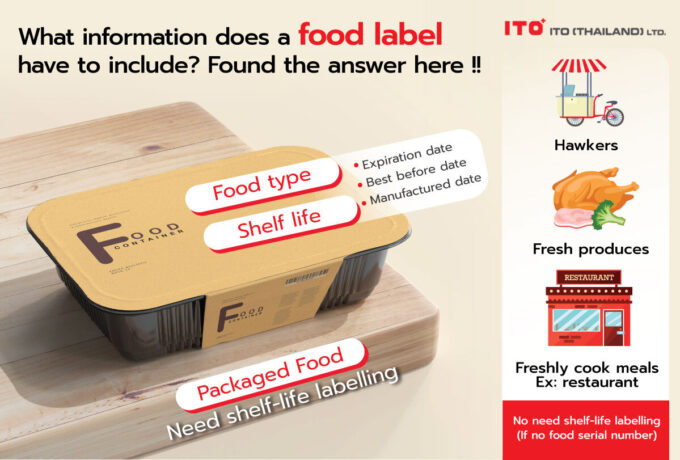
The shelf life of food on the label
Have you ever wondered? When it comes to shelf-life information on the label, some are indicated by the expiration date (EXP), some are indicated by the Manufacturing date (MFG), or some are indicated by the Best Before (BB/BBE). What is the difference between these types of food label? As a manufacturer, what kind of product and what kind of shelf life must be specified? As a consumer, what can this information tell us?
-
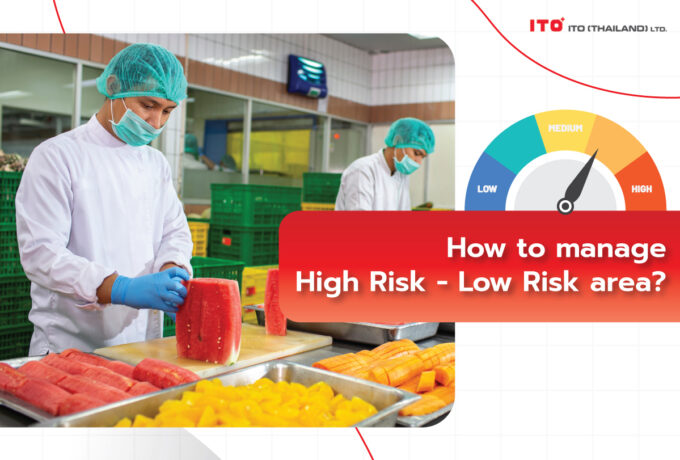
Area Risk Assessment
Area risk assessment is an inevitable standardization activity because the management of high-risk and low-risk areas has different issues and different priorities. Today ITO Thailand has summarized the risk assessment in accordance with BRC Issue 8 [1], which is useful for using as a guideline for risk assessment of food production areas. And in the BRC standard, the risk of food area according to the purpose of use and the level of risk is as follows:
-

Contamination and food poisoning
Your favorite dish may be a source of chemicals and contaminants including various microorganisms as you did not expect.
-
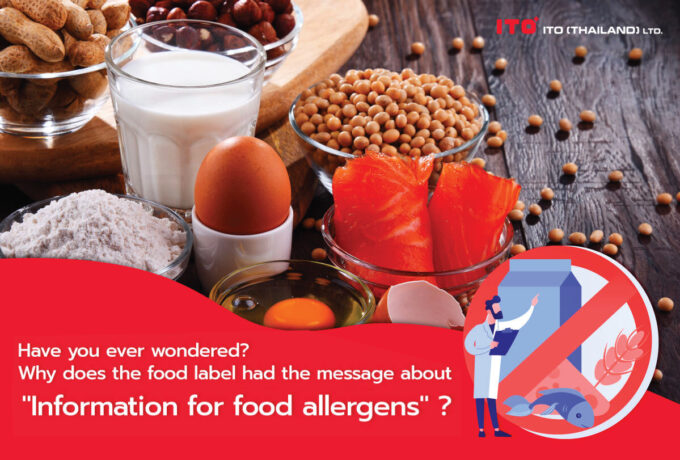
Allergens
Have you ever wondered why sometimes food label is labeled as “There is a mixture of…” or “There may be a mixture of…”. What is it? How are they different? How is it important? Why is it indicated on food label? Today let's learn about this.
-

IoT (Internet of Things) and Food Industry
We may have ever heard IoT (Internet of Things) technology or creation of an online network connecting multiple devices for various purposes, such as environmental awareness, data storage, data exchange and remote command, etc., that IoT technology has come to play a role in the modern food industry in order to facilitate, mitigate risks, reduce work processes, enhance work efficiency of the entire supply chain starting from the agricultural sector, raw material harvesting, transportation, production, food warehousing to retail sales to consumers. This is considered as a revolution of food industry into the 4.0 era to be more efficient, reduce risks and errors including creating many food business opportunities
-
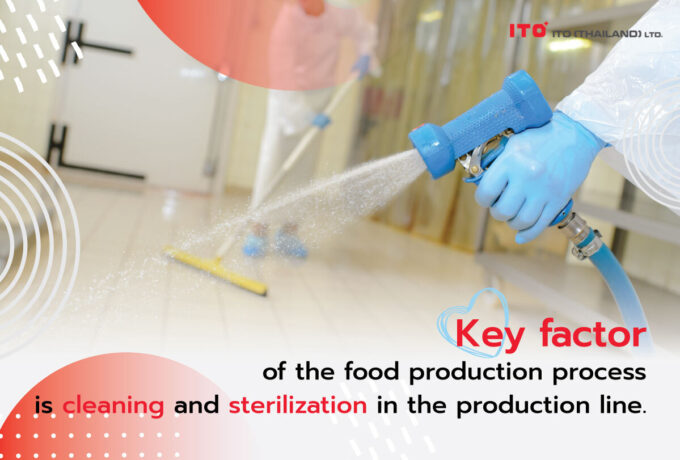
Cleaning and disinfection in food production lines
Cleaning and disinfection are the extremely important procedures in the food production process. If the cleaning and disinfection are incomplete, improper or careless, microorganisms can be accumulated on the surfaces used in food production resulting to be mixed with food products. These microorganisms can cause unacceptable quality of food product such as abnormal colour, abnormal odour and taste, abnormal appearance or may become a pathogen harmful to human beings; for example, food poisoning or the microbes themselves may produce toxins harmful to human beings.
-
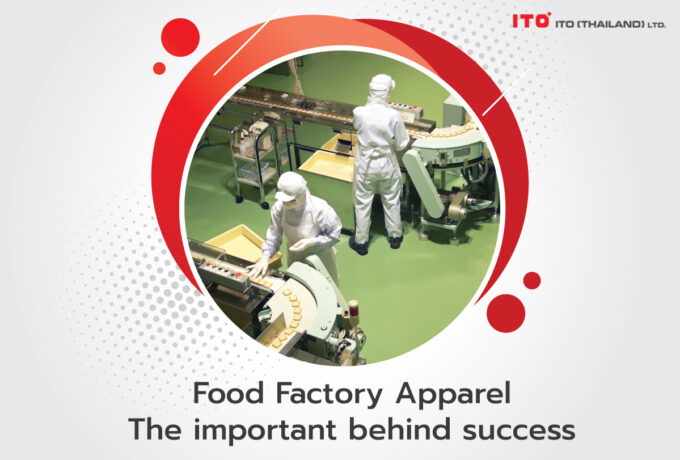
Food Factory Apparel: The importance behind the success
Cleanliness in food facilities and contamination are important and cannot be overlooked because they directly affect consumer safety and the credibility of the factory. In general, we often think of operators' handwashing controls, cleaning, and disinfecting surfaces, but it is often forgotten that the point of great importance is the workers’ apparel, which can be the source of contamination: physical (e.g., dust, flak, shirts, etc.), biological (pathogens and microorganisms attached to clothing or worker skin cells), chemical (contamination of cleaning agents), or even aerosol allergens. Contamination may be from raw materials to employees' clothing and enter allergen-free products. Today we will talk about the importance of apparel, cleaning of apparel inside a food factory
-
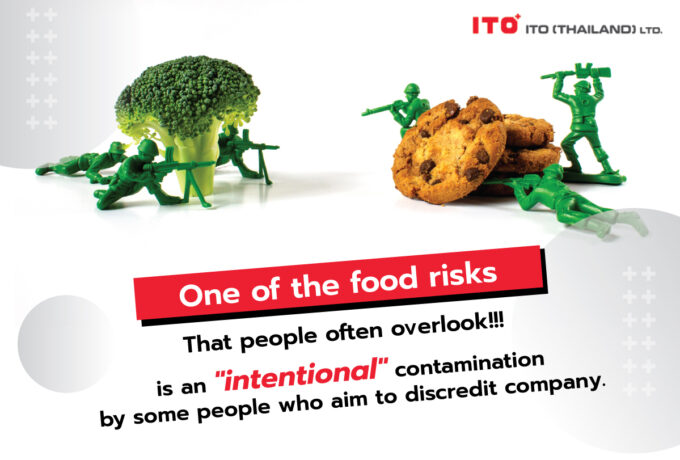
Food Defense
Usually, food defense is often focused on food safety in terms of “accidental” contamination, such as microbial contamination in production processes from cross-contamination between raw and cooked food. Contamination of employees' hair into food, heavy metal contamination in water, accidental contamination of scrap metal into products, etc. But in reality, there is another “Risk” that is often neglected: “intentional” contamination to do harm by a person who has malicious intentions to the company's reputation or maybe anticipates social impacts, including consumer health, economics, and politics. This is what we call “food terrorism”, which requires measures to assess risks and prevent them from occurring. This is called food defense.
-
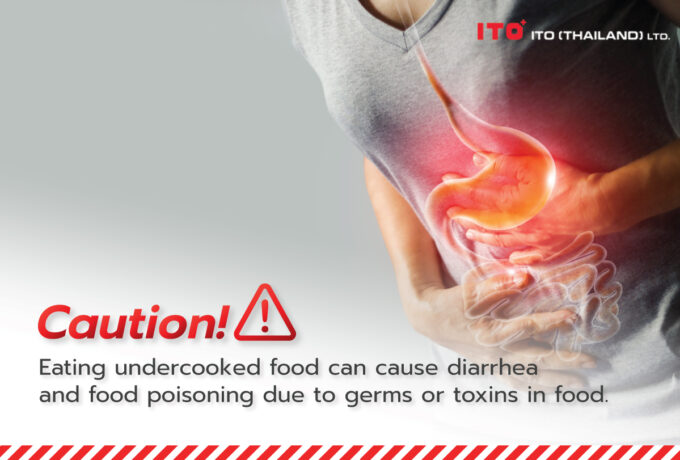
Cross-contamination
Eating undercooked food can cause illnesses such as diarrhea and food poisoning due to germs or toxins in food. But even if the food is cooked, there is still a risk of disease in these foods anyway. These matters relate to the cross-contamination principle in food when germs from raw food contaminate cooked food through various carriers, such as cases of ear infection from Streptococcus suis found in raw pork. Using chopsticks to pick raw and cooked pork pieces together causes the germs from raw pork to be mixed in the chopsticks used to pick cooked pork. The germs then enter the body through food intake or not even food intake as handling of raw meat contaminated with germs then touching the area of the skin that has abrasions, such as using the hands that have come into contact with the infection to rub the eyes until abrasions occur. One study reported that the chance of getting the infection through a wound on the skin was 9.5% or more [1]. Ear infection can be so serious that it can cause deafness, nerve dysfunction, or death. Therefore, cross-contamination is one of the keys to food safety
-
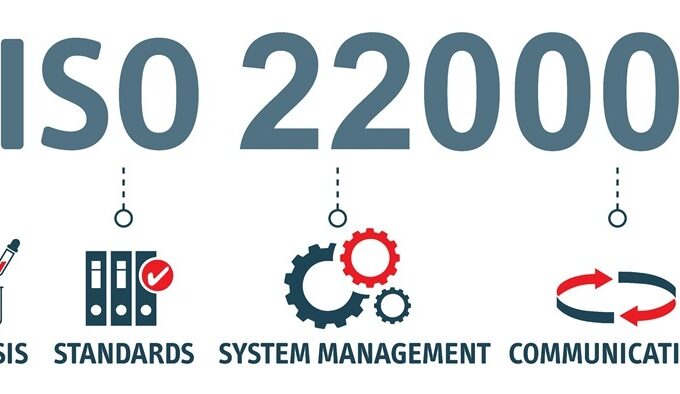
ISO 22000
What is it? What are its benefits? Who needs to do it? What are the details?
-
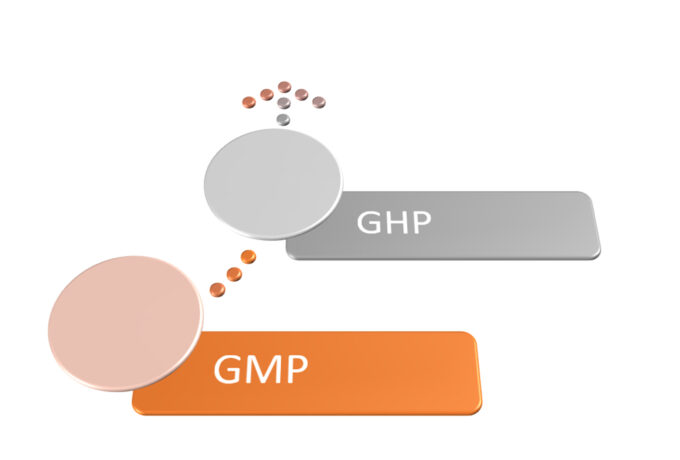
Let’s get to know more about GHP
It is undeniable that cleanliness in food is of paramount importance. This is because food that is not clean enough can cause illnesses such as diarrhoea, contamination of parasites and germs, mouth sores from foreign bodies, etc. If it is a serious disease, it may even lead to disability, dismemberment, or death. Therefore, each country needs to have laws to control food hygiene for safety and consumer protection and compliance with international standards.







